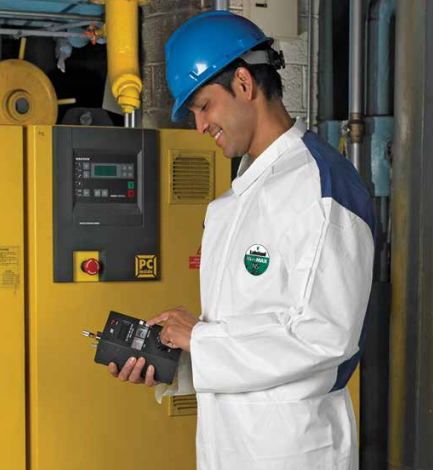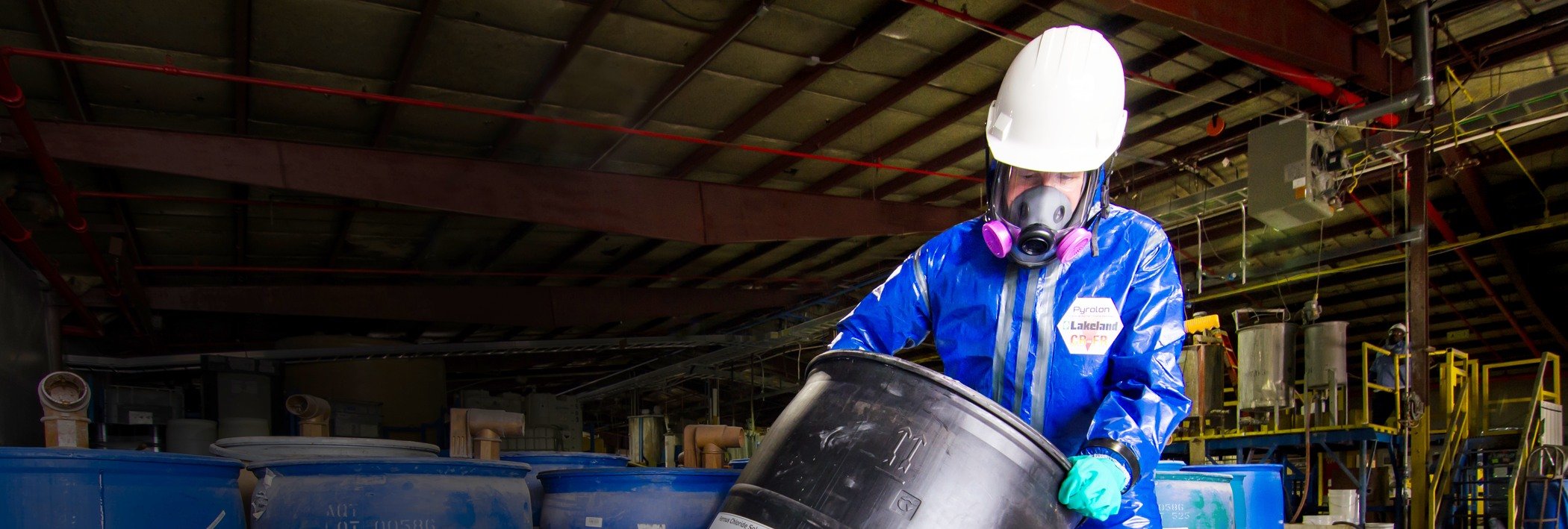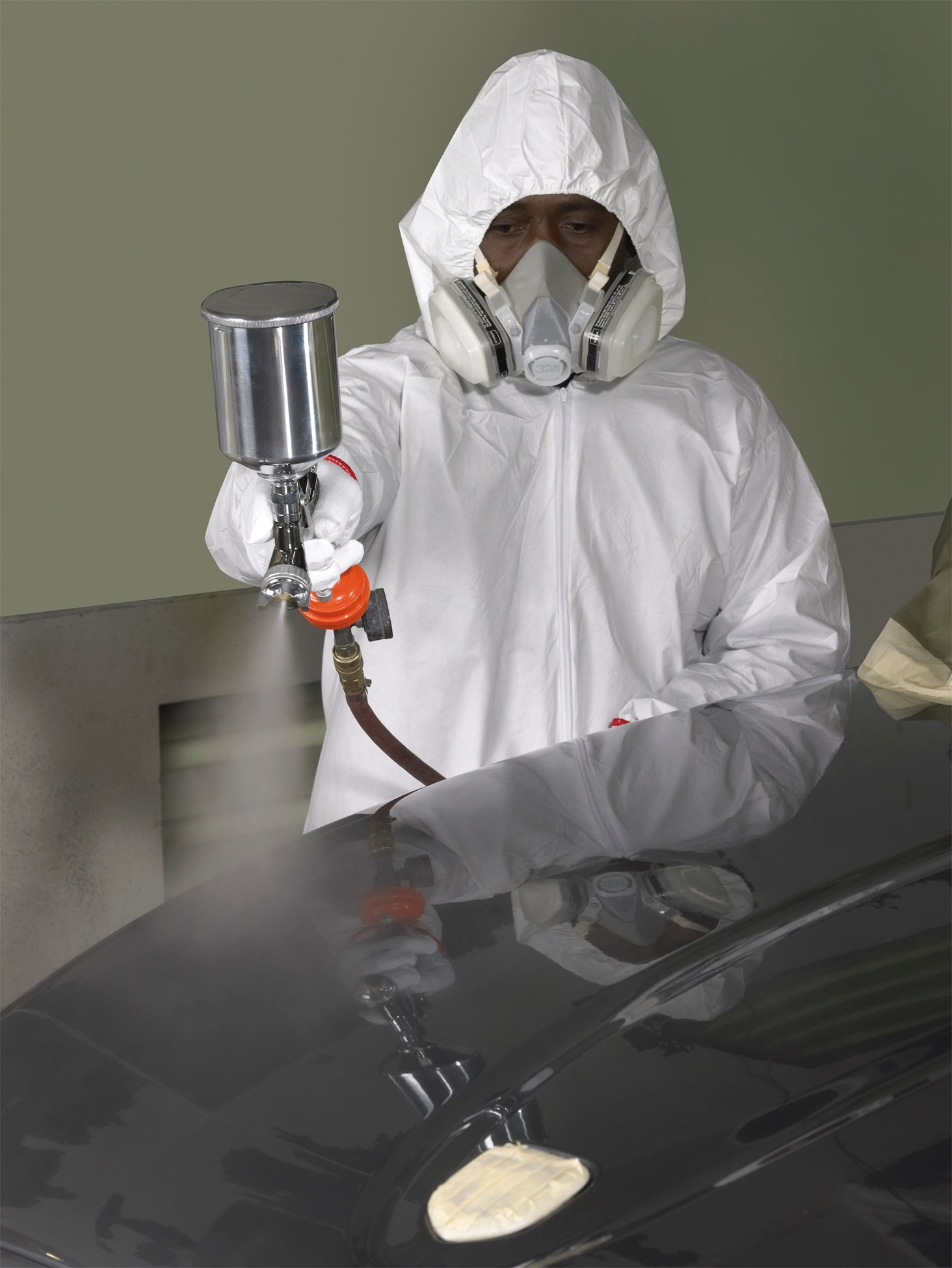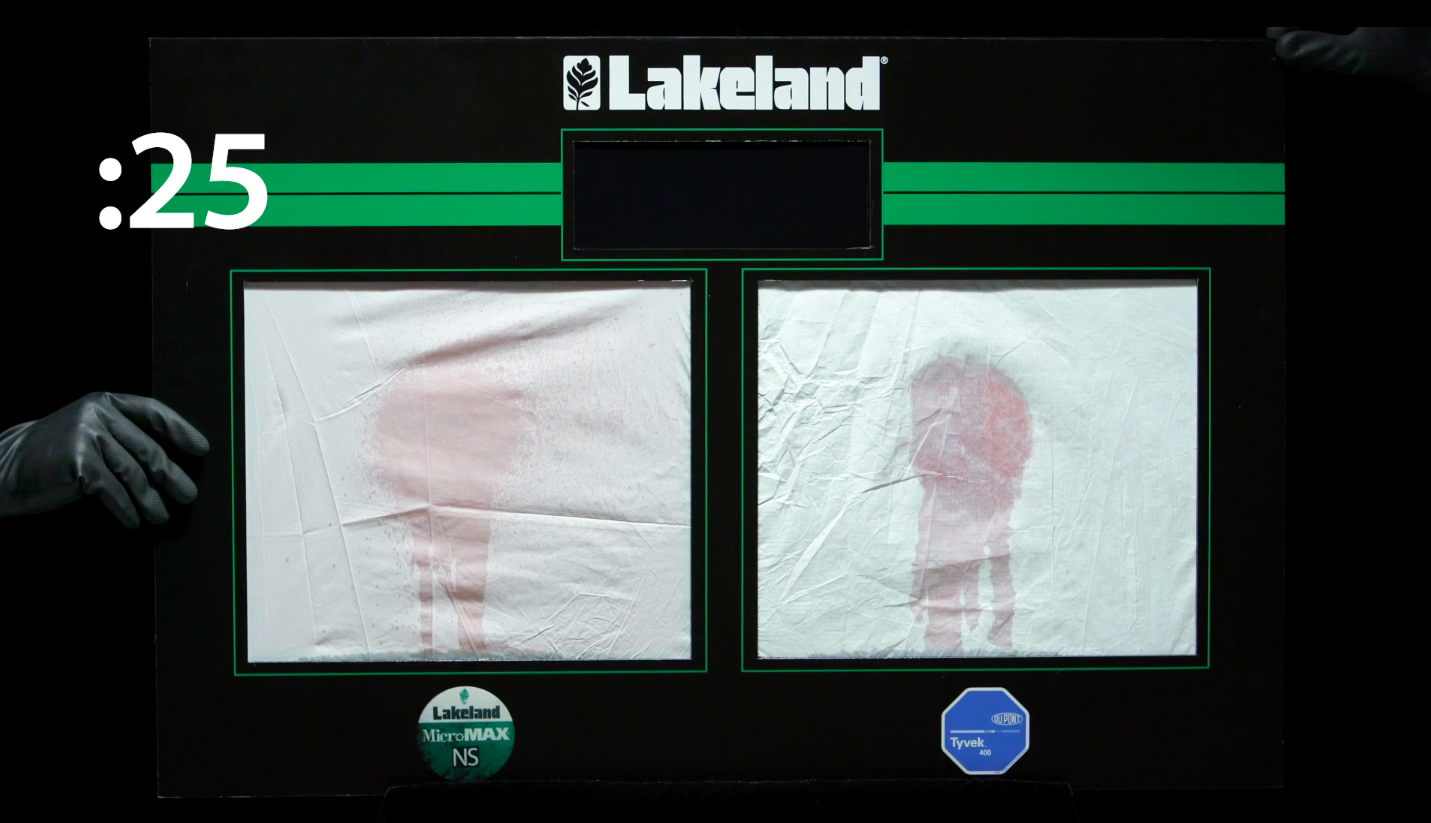 Protective clothing refers to all clothing worn by your employees that protects him or her from potential risks to their health or safety. Protective clothing and other items of personal protective equipment (PPE) are used when the exposure to risks cannot be avoided due to the nature of, or the environment around, the work being done.
Protective clothing refers to all clothing worn by your employees that protects him or her from potential risks to their health or safety. Protective clothing and other items of personal protective equipment (PPE) are used when the exposure to risks cannot be avoided due to the nature of, or the environment around, the work being done.
Employers are responsible for both limiting hazards, and providing any necessary PPE to workers, including protective clothing, when needed. When tasked with selecting protective clothing for employees, there are numerous features and ratings to consider. Initial focus should always consider the potential hazards and conditions of the specific workplace. Additionally, strength and durability features of the chemical protective clothing have a significant impact on the performance (and lifespan) of the products. Here are three you may wish to evaluate when selecting protective clothing for your employees.
1. The Puncture and Tear Resistance
The PPE that your employees are required to wear should not interfere with their job duties. Make sure that any protective clothing you choose is comfortable, and is compatible with the movements or tools needed for the job. This includes selecting protective clothing that has enough puncture and tear resistance to withstand typical stresses applied during your employee’s activities. Are there sharp or uneven objects or close quarters? Do your employees have to frequently make movements that can result in tears? If so, check the comparative performance data of the protective clothing you are considering, and be sure to choose garments that have the level of puncture and tear resistance that you need.
With PPE, it’s important to remember that one size rarely fits all. Making sure that your workers are wearing the correct size will also reduce punctures and tears. Wearing protective clothing that is too small may cause tears during kneeling, reaching, or bending. Protective clothing that is too large for the worker may catch or snag on objects, or even cause trips and falls.
2. Abrasion and Flex Cracking Resistance
Damage to protective clothing due to abrasion and flex cracking occurs over time, rather than instantly like a puncture or tear. If your protective clothing is not single-use, or if your employees are performing an active job with a large amount of motion, your PPE must have good resistance to both abrasion and flex cracking.
Abrasion is damage caused by scraping or other physical wear between two surfaces. One common way that abrasions can occur is via contact with other types of PPE. Will the protective clothing you choose be compatible with other items worn by the individual worker? Consider:
- Glove contact with the sleeve of the protective clothing
- Face, eye, and respiratory PPE contact with the hood or collar area
- Safety shoes or boots and contact with the legs of the protective clothing
All of these pieces of PPE are important, but make sure that one is not rubbing on another, causing degradation by abrasion and compromising the individual’s’ safety.
Flex cracking is surface cracking induced by repetitive bending or flexing. It can compromise the surface of protective clothing, allowing liquids and other safety hazards to permeate the barrier. In choosing protective clothing, make sure you consider the unique characteristics of your work environment, and the specific activities your employees perform. Certain conditions and repeated activities can cause abrasion and flex cracking, so be sure to choose a PPE product that can stand up to your work environment.
3. Tensile Strength and Seam Strength
Tensile strength is also referred to as ultimate tensile strength or ultimate strength. It measures the amount of force required to cause protective clothing to fail, or break. Seam strength measures the strength of the seam assembly in a piece of protective clothing. Factors that contribute to seam strength include the strength of the thread used to sew the seam, as well as type of seam used in the construction of the clothing. Both of these factors contribute to the overall strength of the garment.
Tensile and seam strength are critical to determining whether the protective clothing you choose has the power to stand up to the conditions in your workplace. Comparative performance data should be included in the user instructions for chemical protective products, in accordance with ISO 16602, an international standard endorsed by most manufacturers.
Beyond looking at the data, make sure that any PPE testing and user training is done under realistic conditions, and includes the actions of donning and doffing, where fabric and seams are often under stress. Seams and closures are particularly important when you are looking for fluid-resistant or impermeable protective clothing. Making sure that the seams and fabric are strong enough and sealed well enough to protect your workers from liquids like blood and body fluids is essential.
4. Design and Features
As well as selecting the correct garment size, good, ergonomic design can also have a positive effect on effectiveness, comfort and durability.
Lakeland’s EN certified garments use a the “Super-B” style, featuring a unique combination of design features, including
- Inset sleeve design (most EN style garments use a “batwing” design). This is a more ergonomic style in which the garment follows the shape of the body, reducing stress at the crotch and negating pulling back of cuffs when the wearer is reaching.
- Three-piece hood with curved center-section, resulting in a better fit to the head and which moves more effectively with the wearer
- A two-piece crotch gusset, creating a more three-dimensional shape which both enhances comfort and reduced stress at the crotch, resulting in a more durable garment.
You can discover more about the Super-B style and its benefits here
Physical Properties Tests in EN Certified Garments
In much of the world protective clothing certified to European “EN” standards are used. Certification of these garments requires performance assessment according to a range of standard tests. Manufacturers are required to quote the test results as “classifications” according to tables given in standard EN 14325. Classifications are generally from 1 to 6, with 6 the highest.
For chemical and disposable clothing, the range of performance testing is shown below, along with an example of the classifications for Abrasion Resistance:
In some cases a minimum performance for a specific test is required, and certification requires that all tests and classifications are quoted in the User Information supplied with garments.
The EN standard testing and classification system has four advantages:
- It ensures all garments are assessed according to the same standard test, ensuring comparison between different garments is relevant.
- Natural variation in fabrics and test results often means results vary. For this reason, for each test, several samples are taken from the garment and tested, with often the lowest result being used. This removes variation and ensures the quoted result is at the low end of the spectrum (i.e., the worst case analysis), thus minimizing the possibility of manipulation by manufacturers.
- It makes comparison of different garments easy, ensuring the information is both readily available and simple to interpret.
- It facilitates easier garment selection. A user can create their own specification in which a qualifying garment must meet a minimum class for the tests important to their application.
Final “Type” testing of EN certified protective clothing also requires a series of seven movements or exercises to be conducted before final testing. These replicating the normal stresses and strains a garment is subjected to during a challenging working day (such as crawling or climbing a ladder), so are a useful general indication of good design and durability. You can discover more about EN chemical protective clothing Types here.
PPE with the Strength and Durability to Keep Your Workers Safe
Be sure that puncture and tear resistance, along with abrasion and flex cracking resistance, as well as tensile and seam strength, are part of your evaluations of any new pieces of PPE that you are considering. Giving your employees comfortable, effective protective clothing options that are appropriate to the job site and duties will increase compliance and help you achieve your ultimate goal of a safe workplace.




